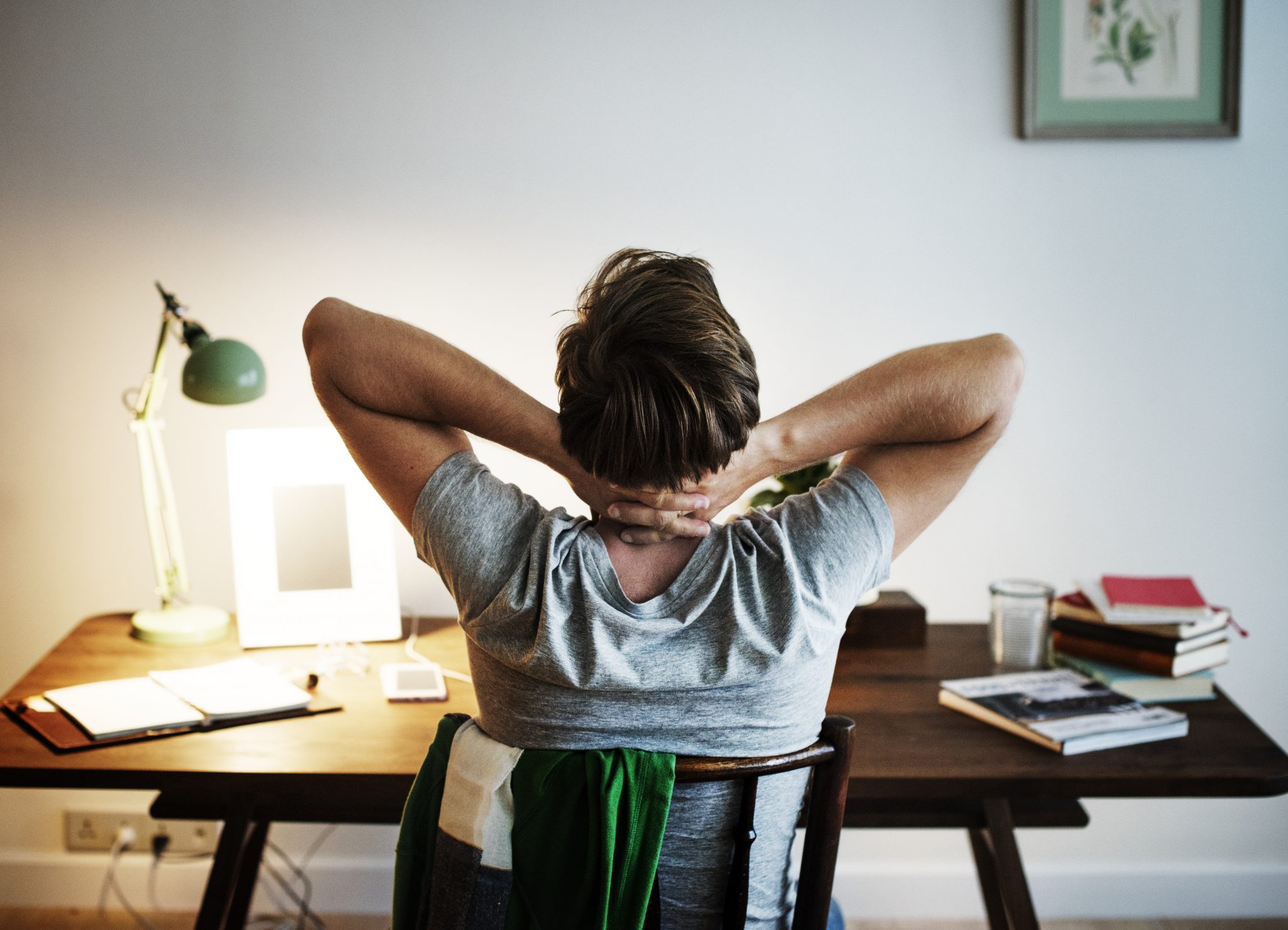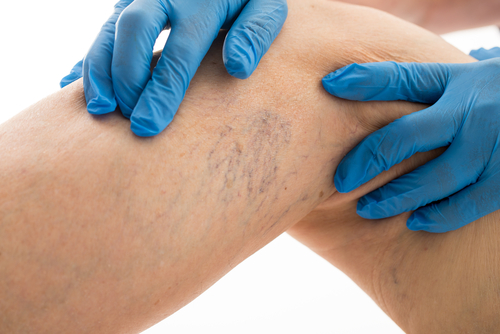Venous Disease – The 7 Facts You Need To Know
The human circulatory system comprises of blood vessels which are minute, thin-walled structures allowing the flow of blood to the entire body. Amongst these blood vessels, veins are of significant importance. Veins are vessels that carry deoxygenated blood back towards the heart, and a set of valves present in the veins prevent the backflow of blood. So, blood keeps moving in one direction only. However, the increase in human age and a lethargic routine can lead to venous disease.
What is Venous Disease?
Venous disease is caused due to rupture of veins or the valves. The valves become inelastic with an increase in age and are not strong enough to withstand blood pressure. This results in loss of the ability of the veins to pump blood back towards your heart, making it pool within your legs. This may also cause the buildup of high pressure in your veins. This may further result in twisting, swelling, or clot formation within your veins. Hence, the deoxygenated venous blood gets accumulated in your legs which is termed as a venous disease.
Venous disease is not a chronic sickness and can easily be treated at home. However, prolonged negligence towards your condition can lead to serious circumstances. Given below, are 7 facts about the venous disease that everyone must know.
1) Diagnosing the Disease Yourself
It is relatively easy to diagnose whether you are suffering from venous disease or not because the disease can be clearly visualized on the skin. It appears mostly on the distal regions of legs, thighs or arms and the disease can be seen in the form of enlarged, twisted veins. The accumulation of deoxygenated blood gives these swollen veins a bluish to purplish appearance that distinguishes them on your skin.
2) Symptoms
The diagnosis of the disease is always accompanied by a bunch of common symptoms. Venous disease generally comprises the same set of symptoms including swelling, irritability, itching, throbbing pain, cramping of legs or fatigue and tiredness due to lack of properly oxygenated blood. The symptoms may vary depending on the degree of severity of your condition.
3) Varicose Veins
One common type of venous disease may appear as varicose veins. It occurs when defective valves allow the blood to stagnate within your body. Since the deoxygenated blood accumulates in the veins, and the valves are too weak to push blood out, so it consequently leads to fatigue and muscle tiredness in legs. These are also known as spider veins because the veins become purplish and give a spidery appearance on the skin surface.
4) Chronic Venous Insufficiency
The inability of veins to pump blood back to the heart is termed as chronic venous insufficiency. It is characterized by pooling of blood, chronic leg swelling, pigmentation and increased pressure on the veins. The blood vessels dilate to accumulate blood within them, and CVI is usually aggravated by clot formations. This can lead to ulcer formation in the veins which is a serious malady.
5) Superficial Vein Thrombophlebitis
Another set of venous disease is the damage to the superficial veins which lie close towards the skin. The disease appears as a swollen, red vein seen on the skin surface. Thrombophlebitis is the inflammation of a vein due to clot formation. As the blood clot is formed within the veins, it obstructs the blood flow in the body. The clot usually remains localized and does not travel along with the bloodstream; hence this type of thrombophlebitis is not much fatal.
6) Deep Vein Thrombophlebitis
If the blood clot formation occurs in the deep veins of the body, then it would be termed as deep vein thrombophlebitis. It is because the deeper veins are much larger and hence, lead to more risks.
The blood clot in the veins usually dislodges itself and travels towards the lungs because all deoxygenated blood is destined to travel towards the lungs. However, the vessels of the lungs are so thin that the clot remains stuck in the lungs and this condition may lead to pulmonary embolism. It is a life-threatening condition.
7) Treatment for Venous Disease
Exercise proves to be the most recommended therapy for venous disease. Regular walking, cycling, squats or even simply leg lifting have proven to show positive results. Exercise will restore the elasticity of the valves and hence prevent backflow of blood. It will stimulate the veins to work against gravity and pump the deoxygenated blood back towards the heart.
In addition, it will help you lose weight, have steady blood circulation and keep your lower leg and arm muscles activated the entire time. Suitable durations of working out daily will improve the strength of blood vessels.
Bottom line
As the human body ages, we become susceptible to a lot many diseases and deformities. Venous disease is a general discomfort in elderly people; hence one must never overlook the importance of exercise. It is relatively not a chronic case of disease, because it can be prevented by exercise and changing your sedentary lifestyle. Avoid sitting in the same posture for long hours, and prefer a natural way of living. The results will prove to be miraculous if you will take care of your body in the right way!





